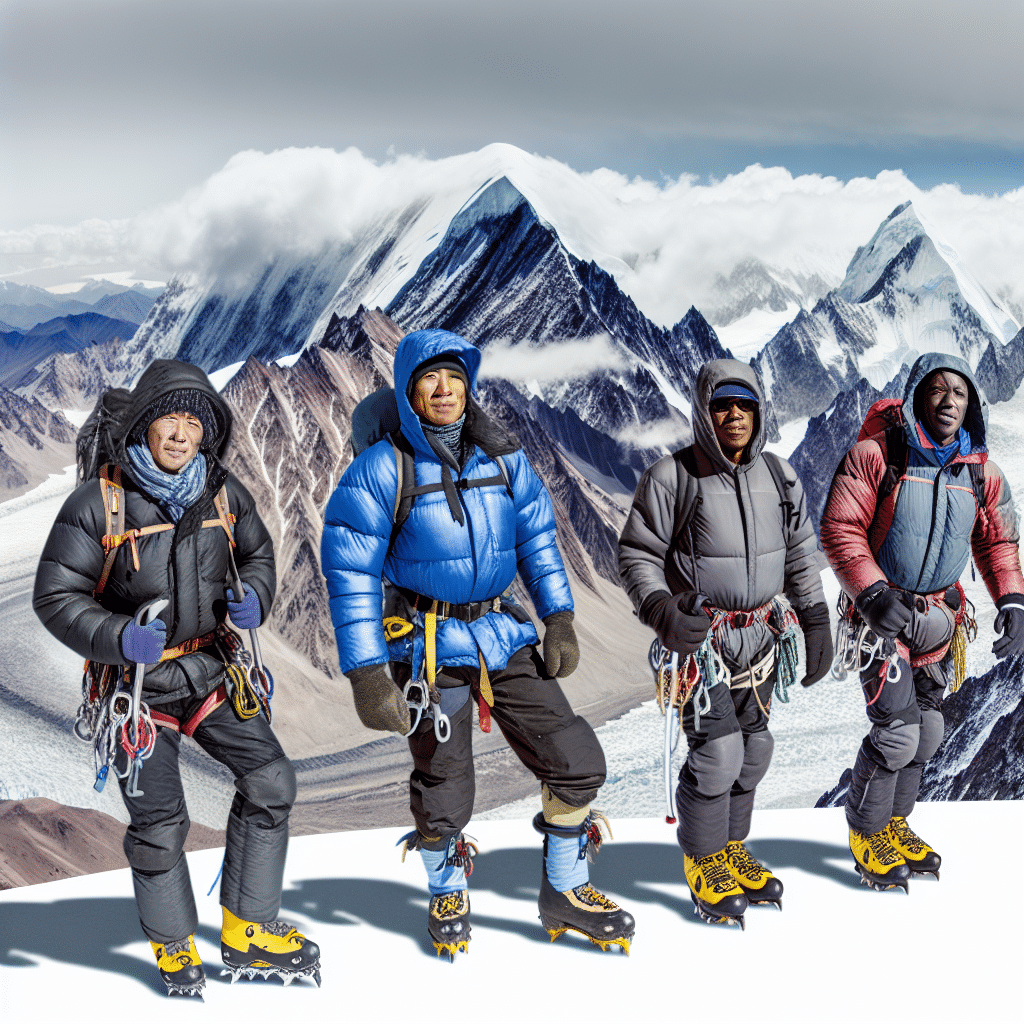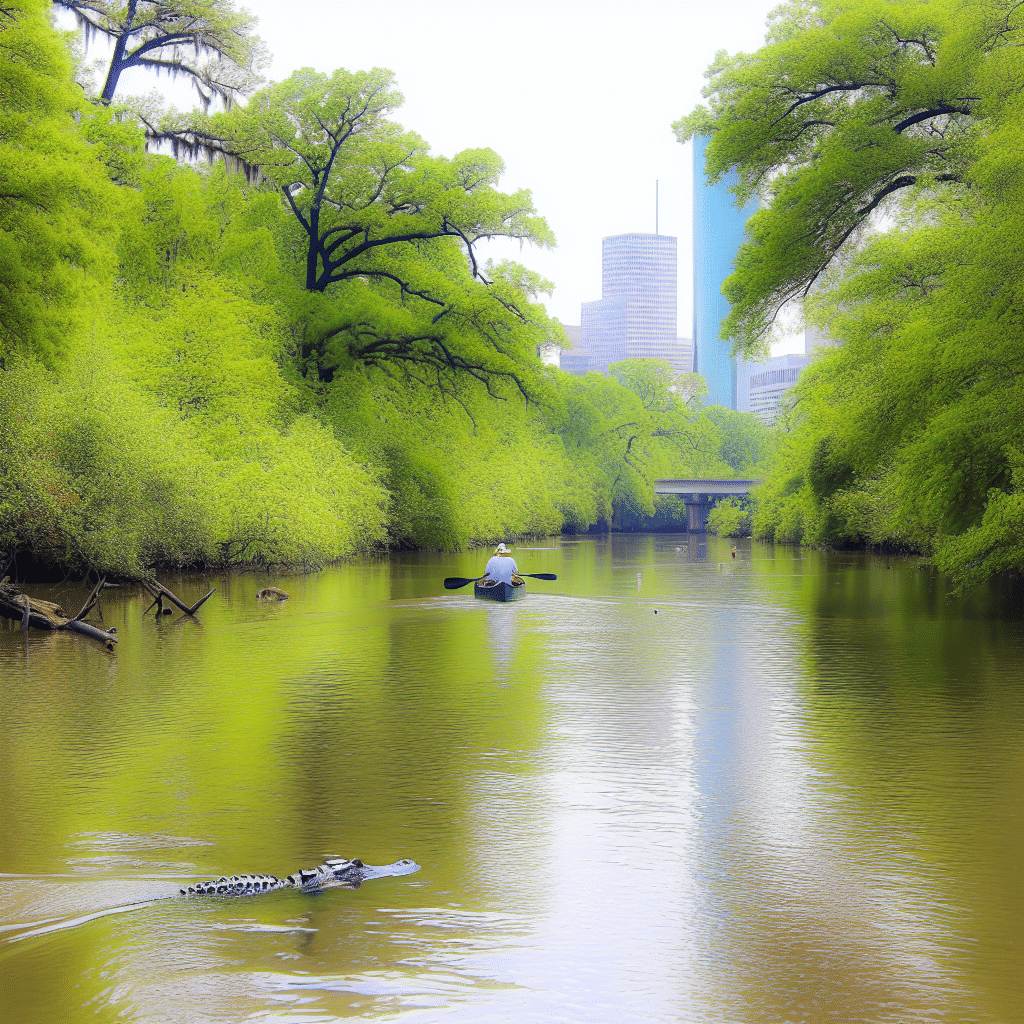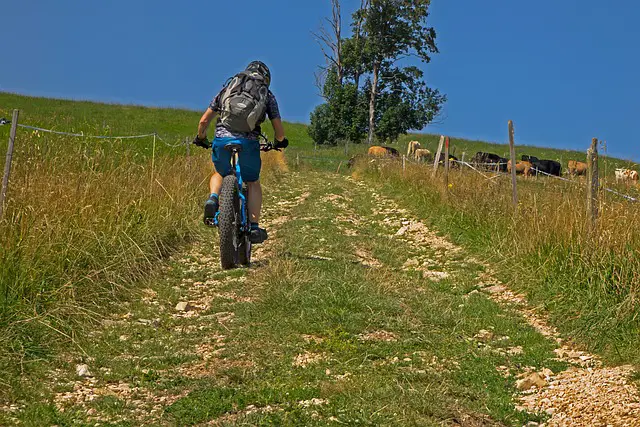Nestled within the majestic Andes mountain range, Aconcagua stands as the tallest peak in the Southern Hemisphere. At 6,959 meters (22,831 feet), it beckons adventurers with its captivating beauty and challenging terrain. Aconcagua mountaineering is a test of endurance, skill, and sheer willpower. In this article, we delve into the intricacies of taking on this formidable mountain, offering insights and advice for both seasoned climbers and enthusiastic novices.
Why Climb Aconcagua? The Allure of the Andes
Aconcagua is not just a peak; it’s a symbol of natural grandeur and human ambition. But why do climbers around the world set their sights on Aconcagua?
First and foremost, Aconcagua is one of the Seven Summits, representing the highest point in South America. For mountaineers pursuing the elusive goal of climbing the highest peak on each continent, Aconcagua is an essential milestone. Beyond the accolade, the mountain offers breathtaking panoramas, diverse wildlife, and a sense of isolation that can only be found in such remote regions.
Additionally, the climb itself is a diverse experience. With routes ranging from the “non-technical” Normal Route to the more demanding Polish Glacier Route, Aconcagua caters to a variety of skill levels. This versatility adds to its allure, attracting a spectrum of climbers each year.
Preparation: What Do You Need for Aconcagua Mountaineering?
Physical Fitness and Training
Aconcagua is a challenging climb, demanding a high level of physical fitness. Training should start several months in advance, focusing on building cardiovascular endurance, strength, and flexibility. Long hikes with a weighted pack, running, and anaerobic exercises are crucial. Remember, the harsh conditions at high altitudes will test your limits more than any gym session.
Essential Gear and Equipment
When preparing for Aconcagua mountaineering, having the right gear is paramount. Key items include:
– **Clothing**: Layered clothing is essential to adapt to varying weather conditions. This includes moisture-wicking base layers, insulating mid-layers, and waterproof outer layers. Don’t forget a good pair of mountaineering boots and gaiters.
– **Camping Gear**: A four-season tent, a high-quality sleeping bag rated for extreme cold, and a sleeping pad are necessary due to the extreme temperatures you’ll encounter.
– **Climbing Gear**: Crampons, an ice axe, and trekking poles are essential for tackling the icy sections of the climb. Make sure all gear is properly fitted and in excellent condition.
– **Safety Equipment**: A first-aid kit, headlamp, high-calorie food, and plenty of water purification tablets are crucial to ensure safety and well-being.
Routes: Which Path to Choose?
Aconcagua offers several routes, each with its unique challenges and rewards. Understanding these options can help you choose the path that best suits your abilities and experience.
The Normal Route
The most popular route, the Normal Route, is known for its non-technical nature. However, this does not make it easy. Climbers must still contend with altitude sickness, extreme weather, and physical exhaustion. The route involves trekking through the Horcones Valley, passing through Base Camp at Plaza de Mulas, and then ascending through a series of camps before the final summit push.
The Polish Traverse Route
For those seeking a slightly more challenging experience without technical ice climbing, the Polish Traverse Route is an excellent option. Starting from the Vacas Valley, this route offers stunning views and a more solitary experience compared to the busier Normal Route. Climbers traverse the mountain to join the Normal Route at Camp Colera before making their ascent.
The Polish Glacier Route
The Polish Glacier Route is reserved for experienced climbers. This technical route involves significant ice and snow climbing, requiring proficiency with crampons and ice axes. The route offers a thrilling challenge and a chance to test advanced mountaineering skills against the sheer face of Aconcagua’s glaciers.
Challenges: What to Expect When Aconcagua Mountaineering?
Altitude Sickness
One of the most significant challenges of Aconcagua mountaineering is altitude sickness. Symptoms can include headaches, nausea, dizziness, and fatigue. To mitigate these risks, climbers must follow a proper acclimatization schedule, often involving a climb-high, sleep-low strategy.
Weather Conditions
Weather on Aconcagua is notoriously unpredictable. Sudden storms, high winds, and extreme cold can pose serious risks. Climbers must be prepared for rapidly changing conditions and have the flexibility to adjust their plans accordingly.
Physical and Mental Fatigue
The climb to Aconcagua is a grueling test of both physical and mental endurance. Long days of hiking, setting up camps, and dealing with the harsh environment can take a toll. Mental resilience is as crucial as physical preparation; maintaining a positive mindset can make the difference between success and failure.
Conclusion: Is Aconcagua Mountaineering Right for You?
Aconcagua mountaineering is a formidable challenge that combines physical endurance, technical skill, and mental fortitude. For those who are prepared, it offers an unparalleled adventure and the chance to stand atop the highest point in South America.
Whether you’re a seasoned mountaineer or an ambitious novice, Aconcagua provides an opportunity to push your limits and experience the awe-inspiring beauty of the Andes. With thorough preparation and respect for the mountain’s formidable challenges, you can embark on a journey that will stay with you for a lifetime.
Are you ready to take on Aconcagua? The mountain awaits those with the courage and determination to conquer its heights.




